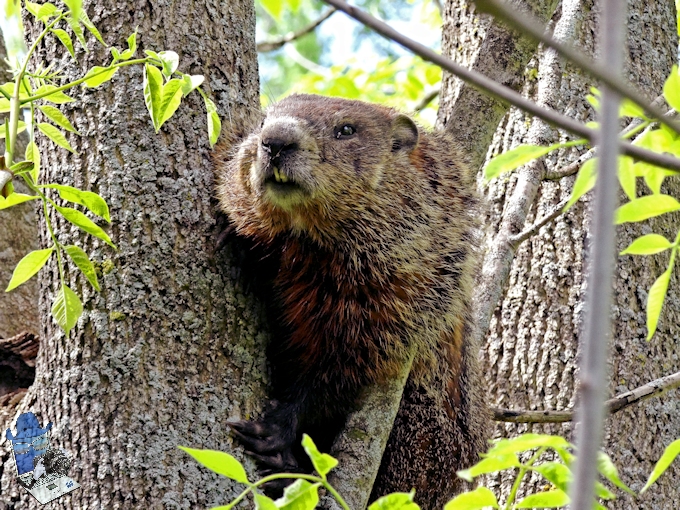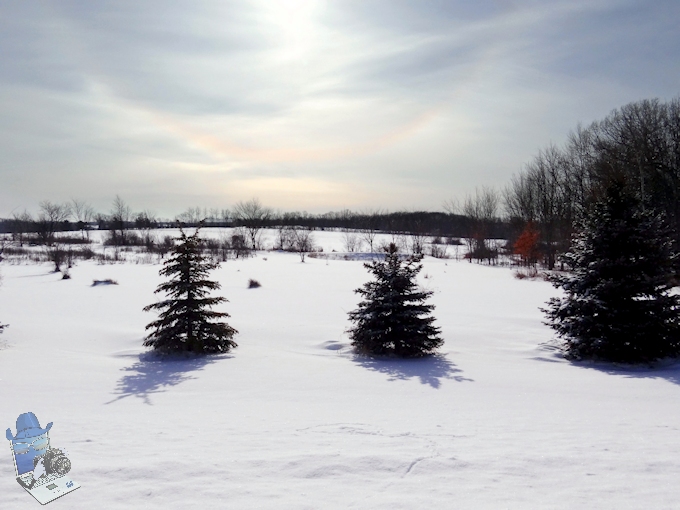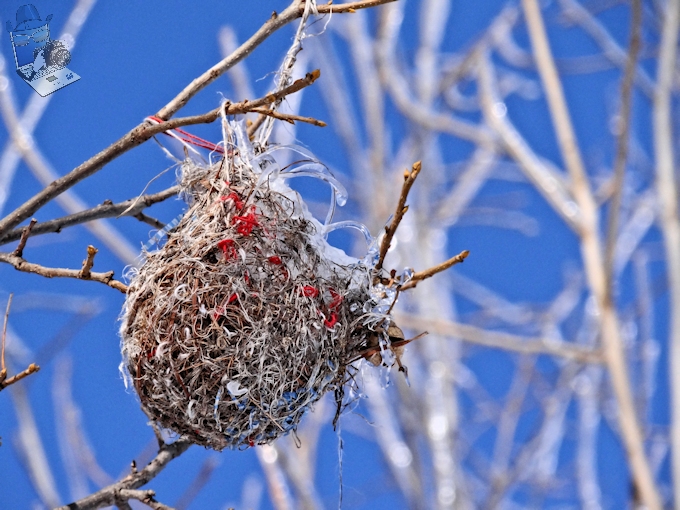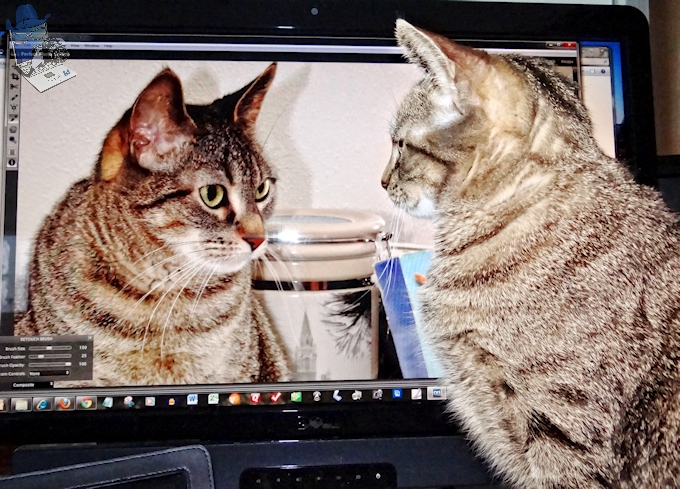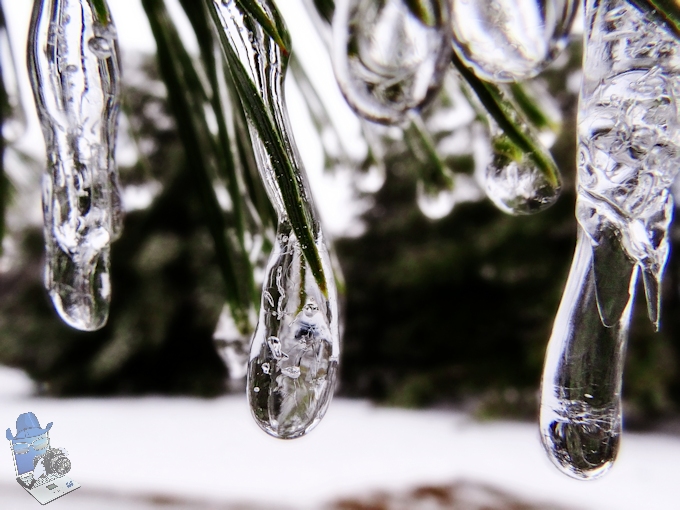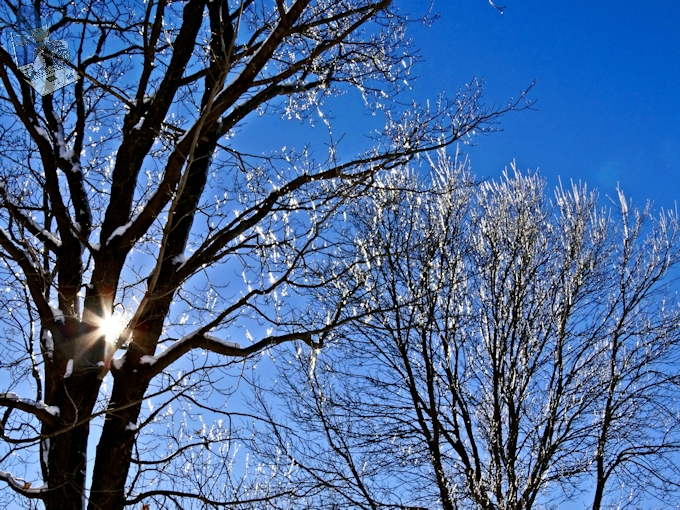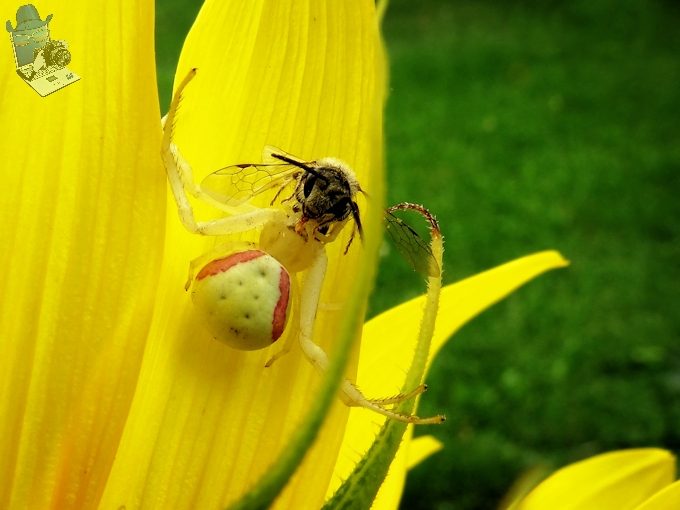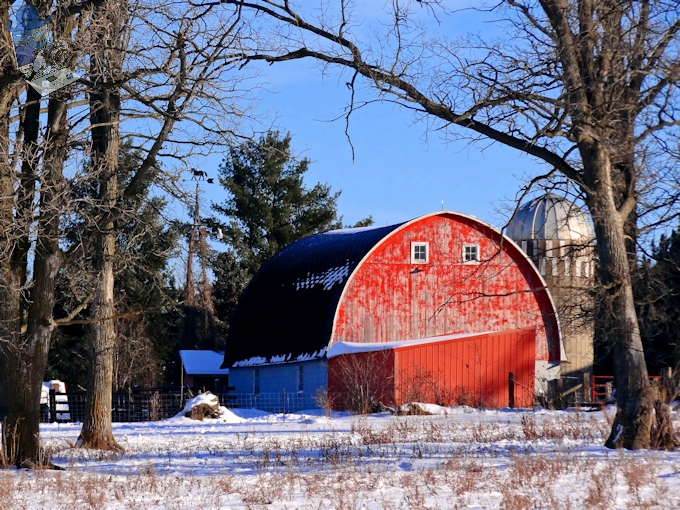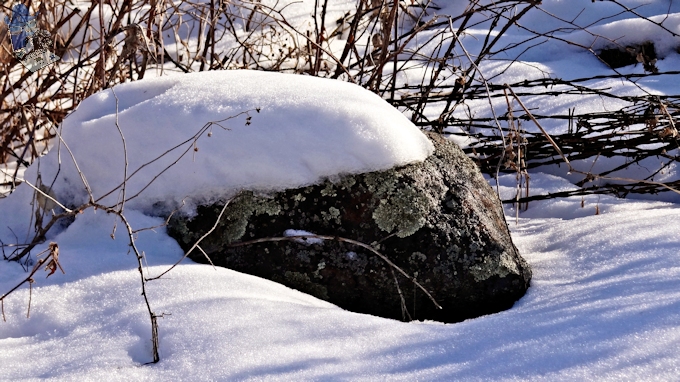Groundhog Day is a day celebrated on February 2 across the United States and Canada.
It is based on a belief that on this day the groundhog, or woodchuck, comes out of hole after winter hibernation to look for its shadow. A celebration which began as a Pennsylvania German custom in the early 1800s. An entry in a 1841 diary refers to Groundhog Day.
According to folklore, if it is cloudy when a groundhog emerges from its burrow, then spring will come early, which I thought would be the case this morning since it was snowing when I went to bed last night. But the sun was out bright this morning so the groundhog will see its shadow and retreat back into its burrow, and the winter weather will continue for six more weeks. (Although winter probably will be longer than just six weeks this year.)
With the ice and snow on the ground, my weather predicting woodchuck would probably climb a tree to prevent his feet from sticking to the ice. There he can keep his feet a little warmer and see for miles the snow covered landscape and he definitely would hibernate for another couple of months.
Weather Predicting Groundhog
